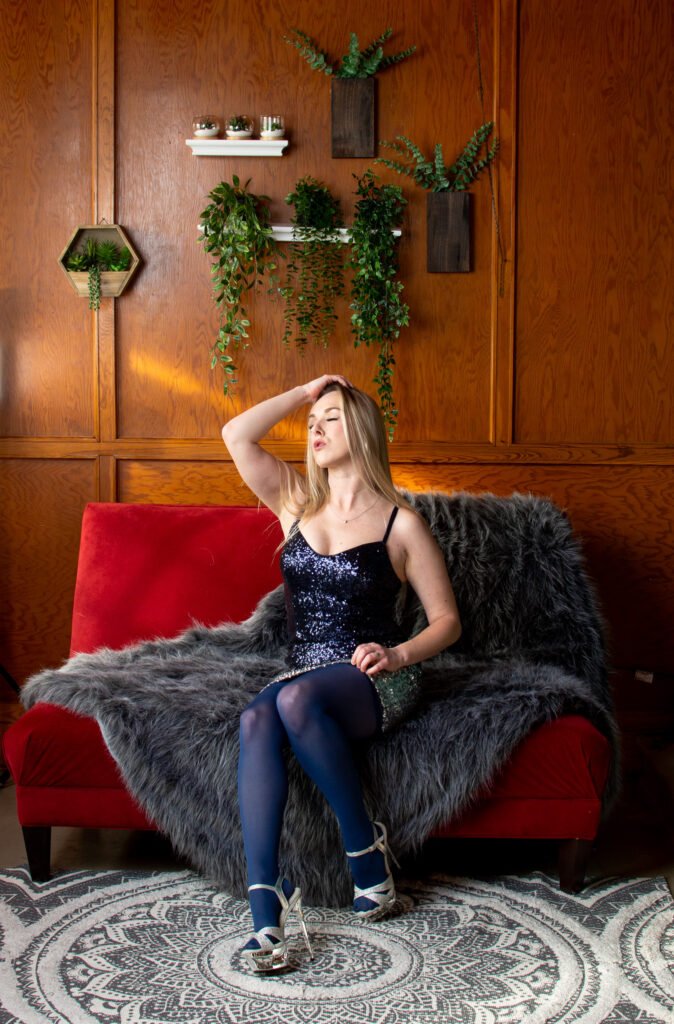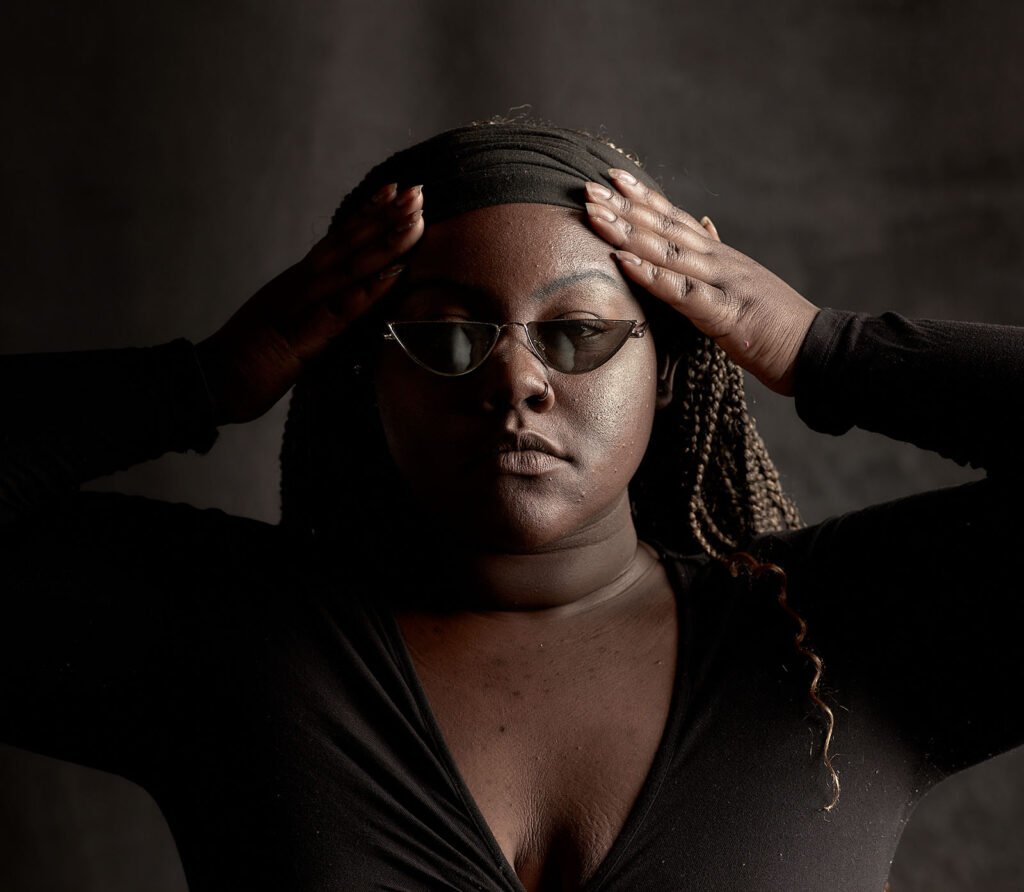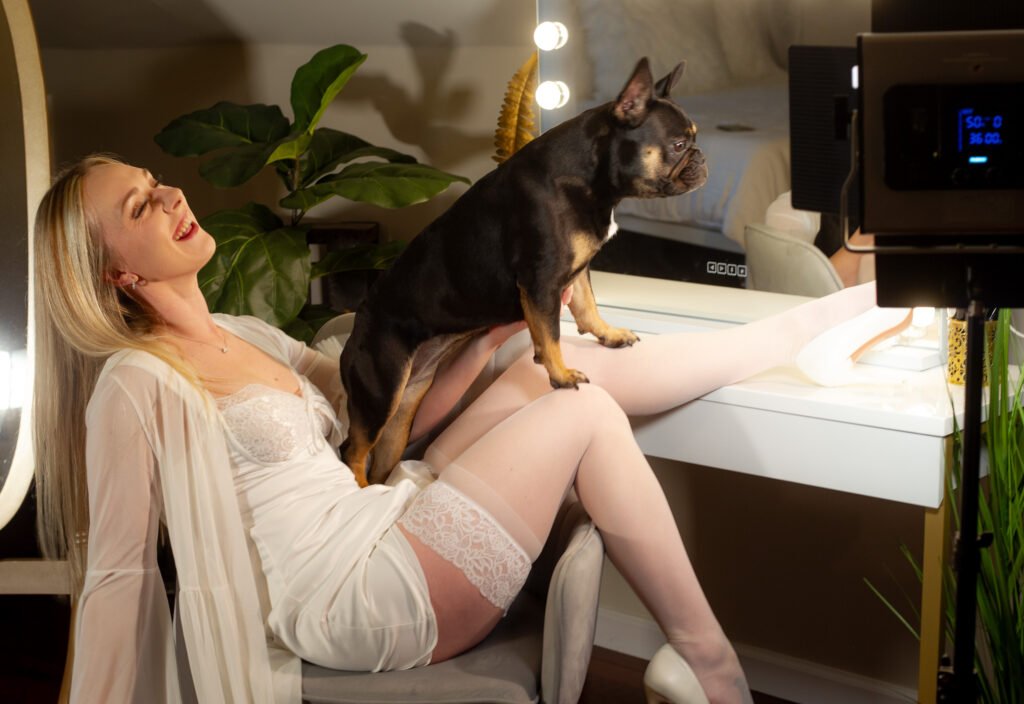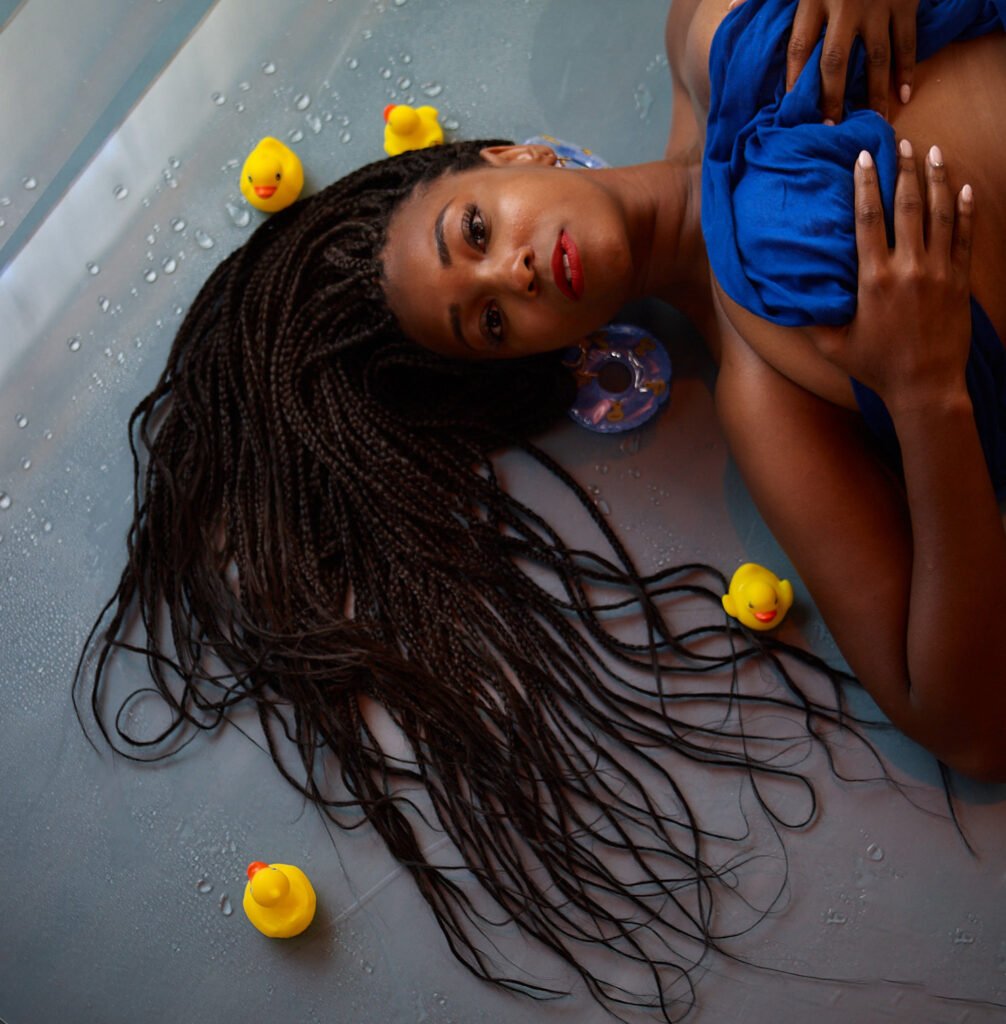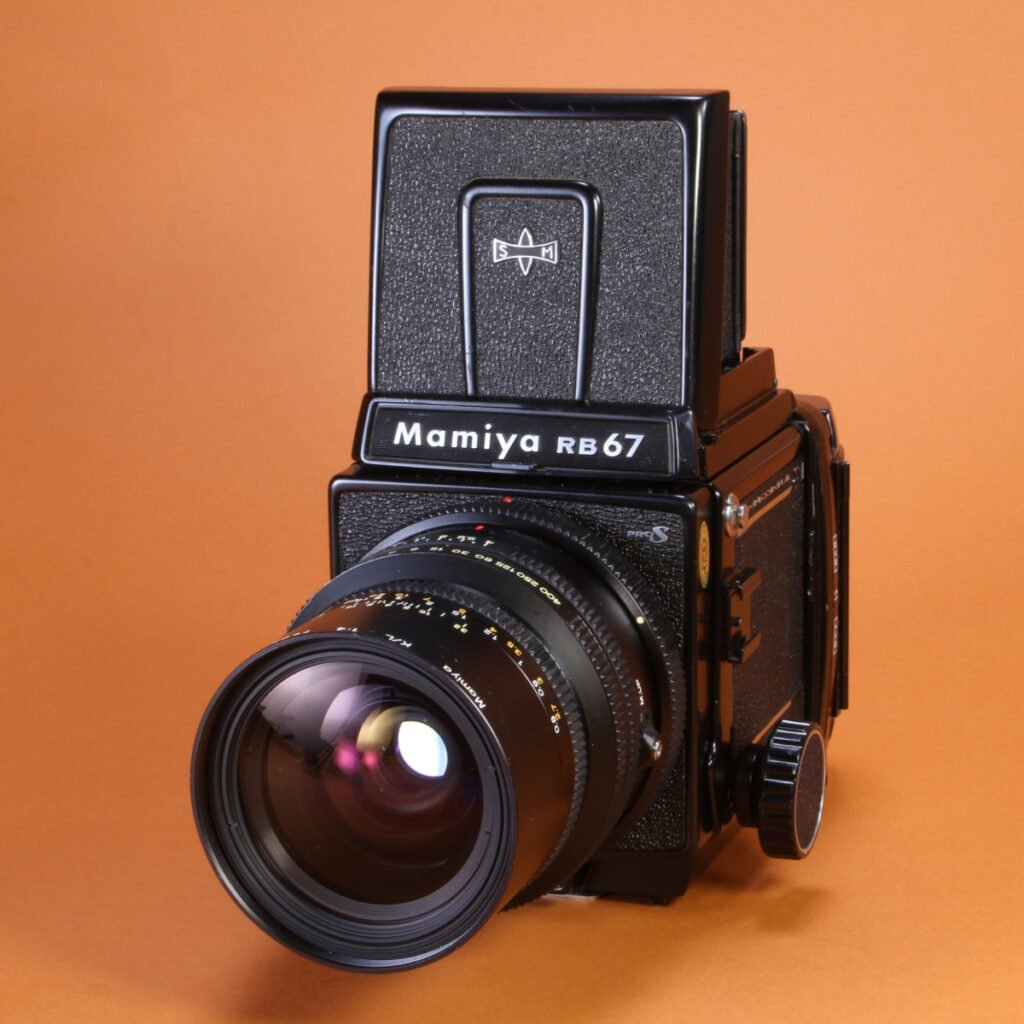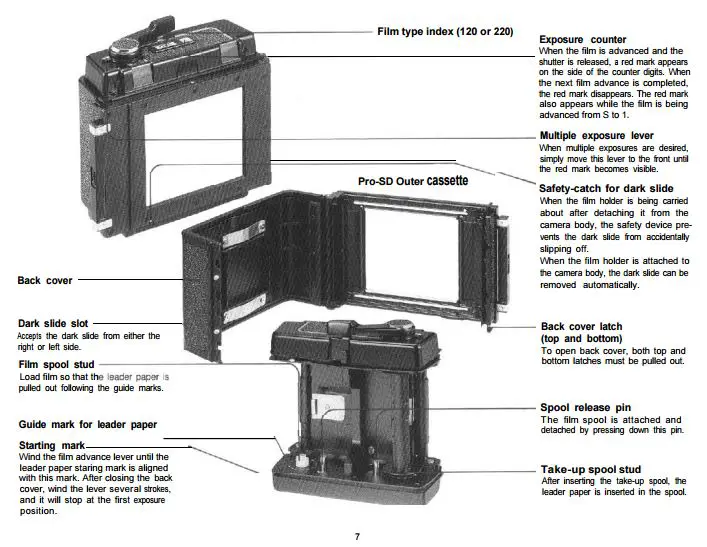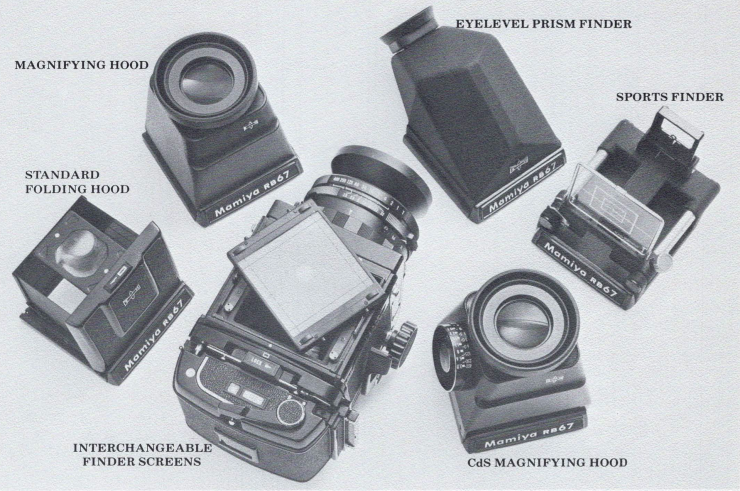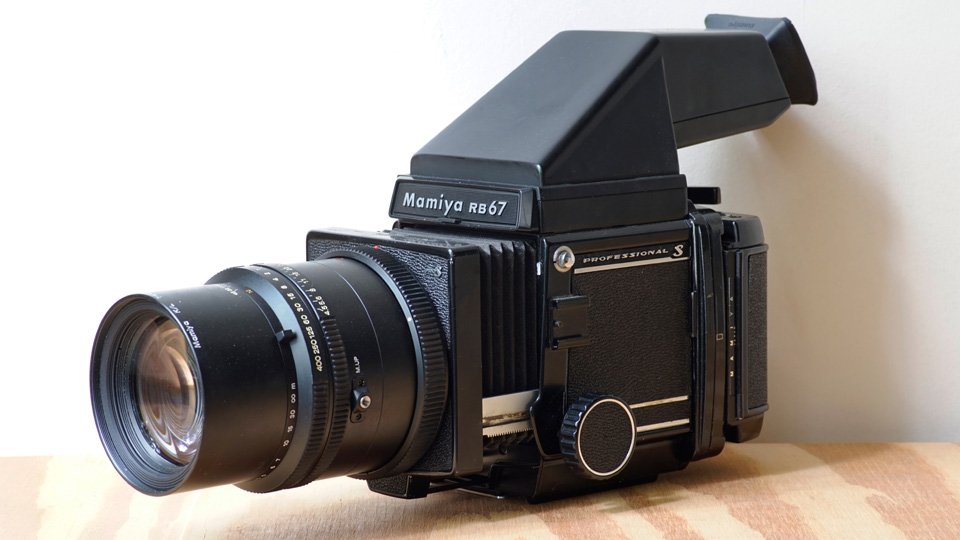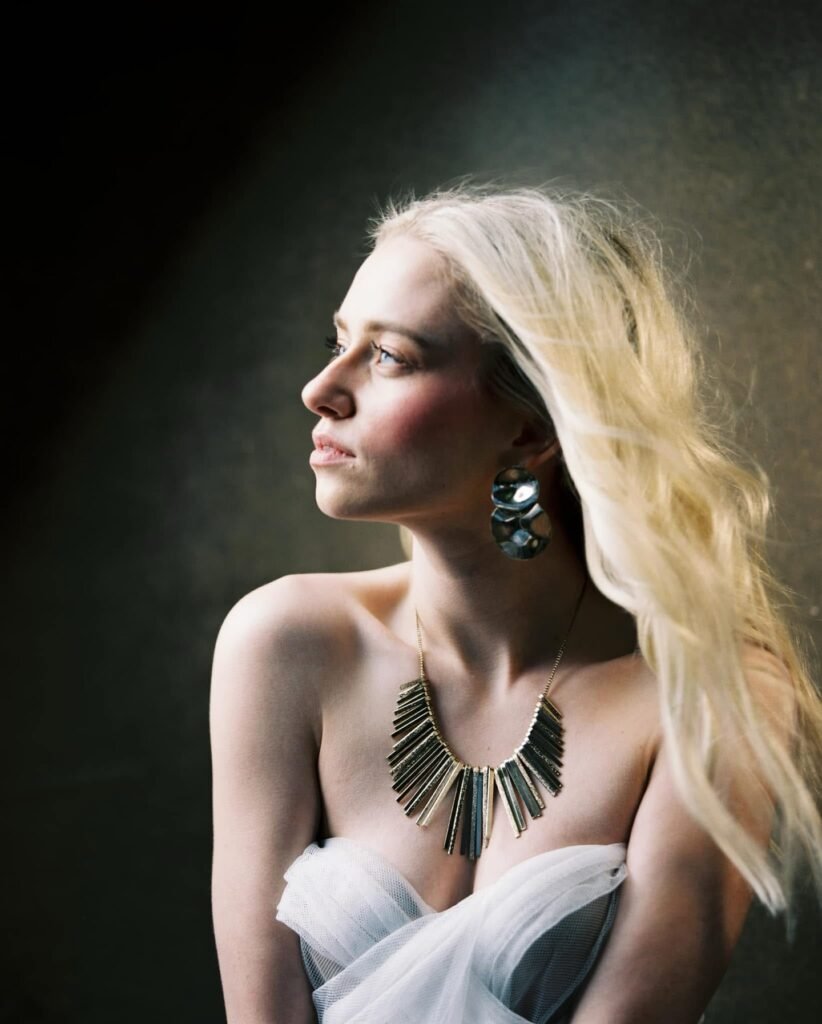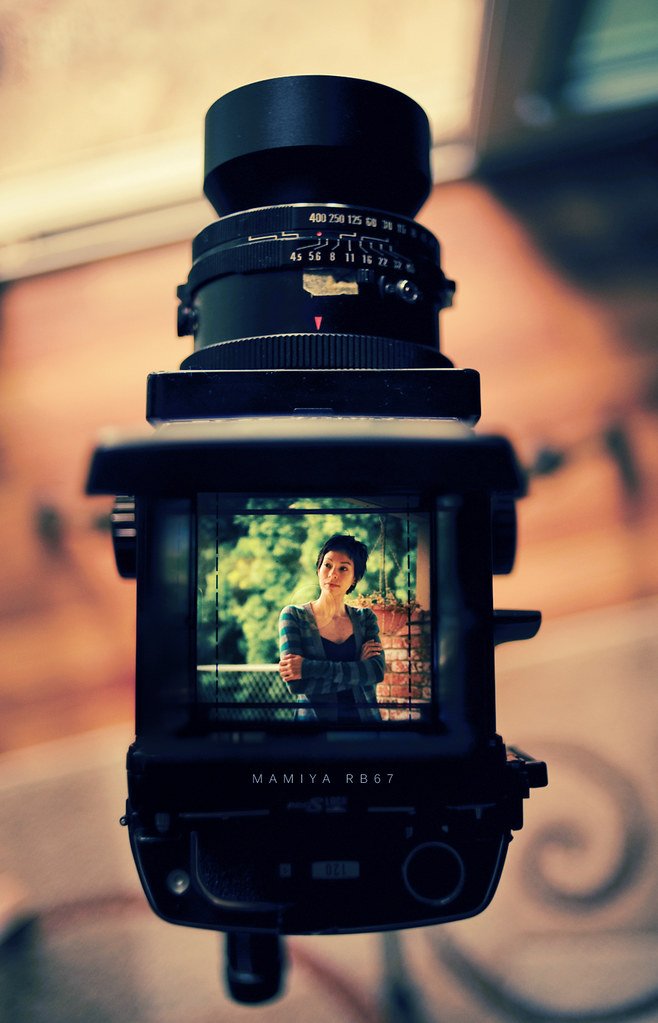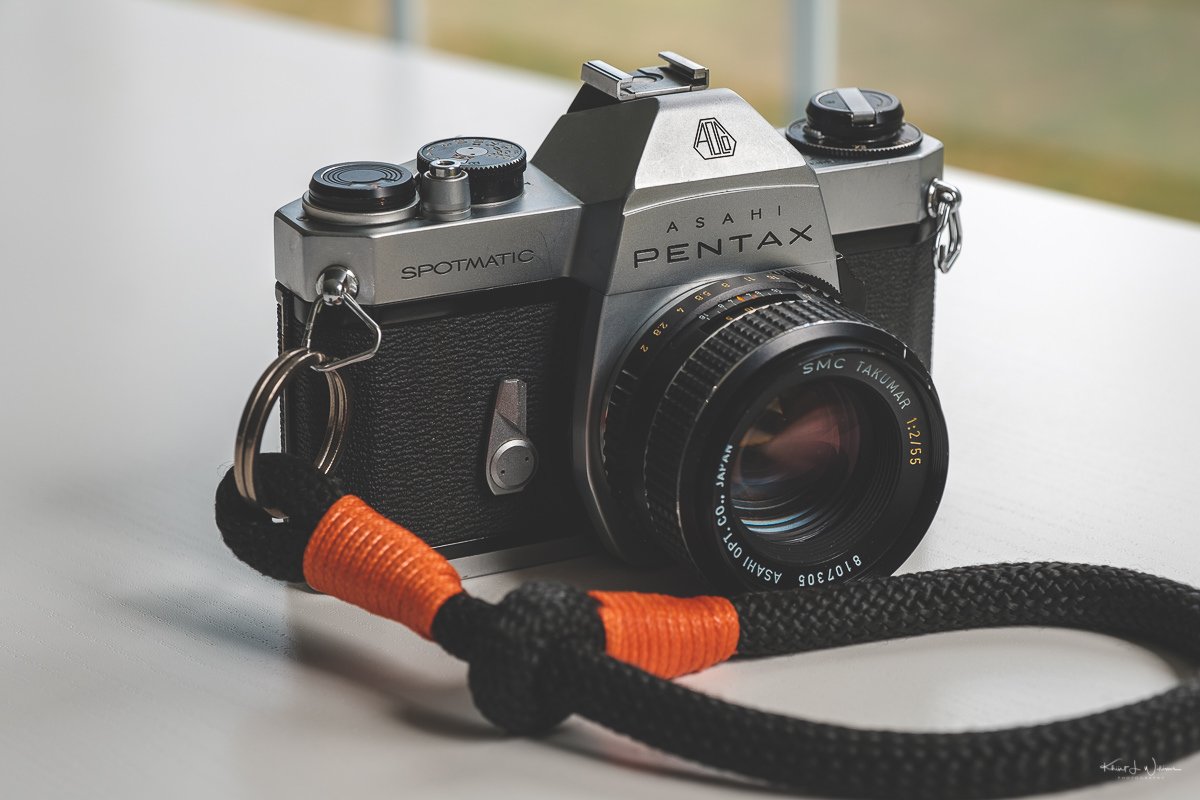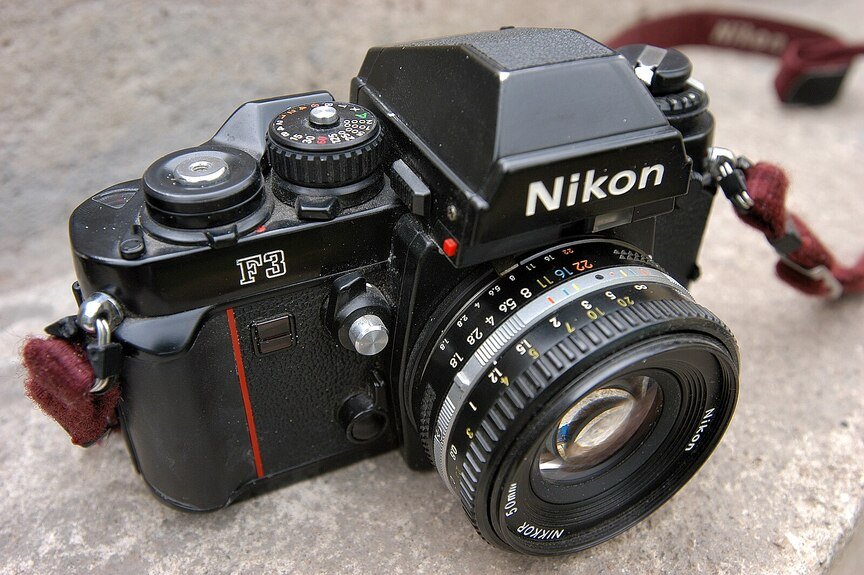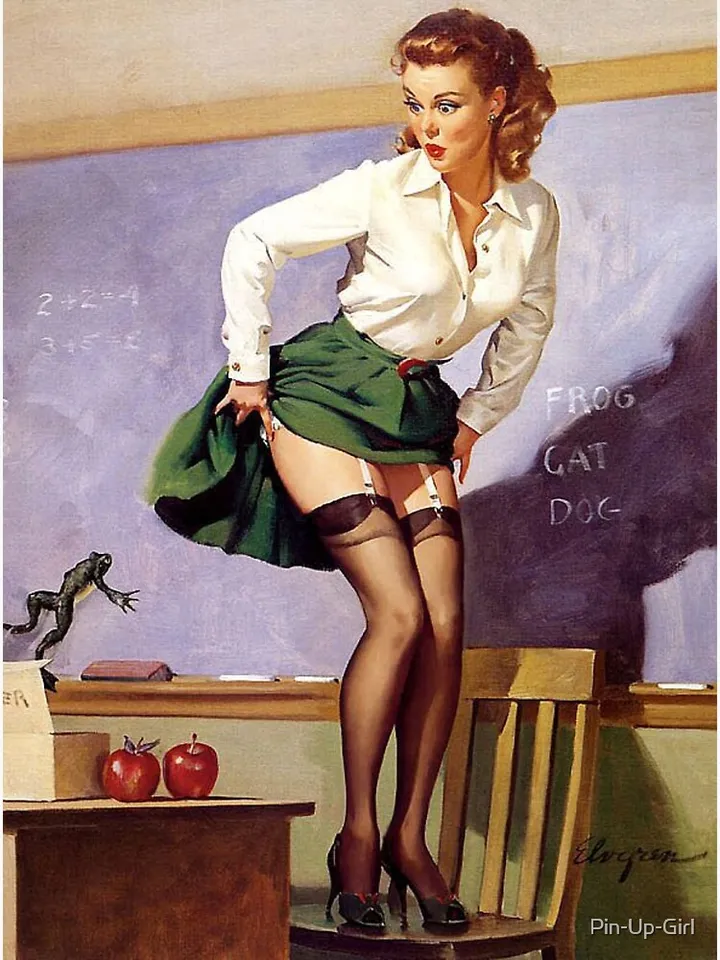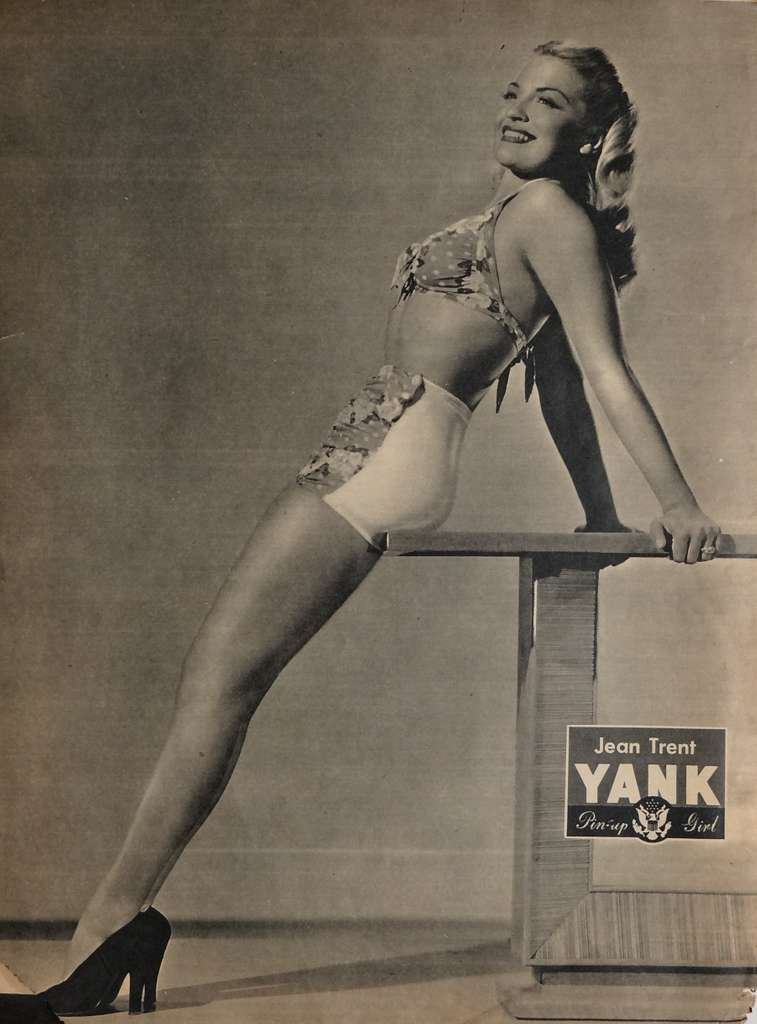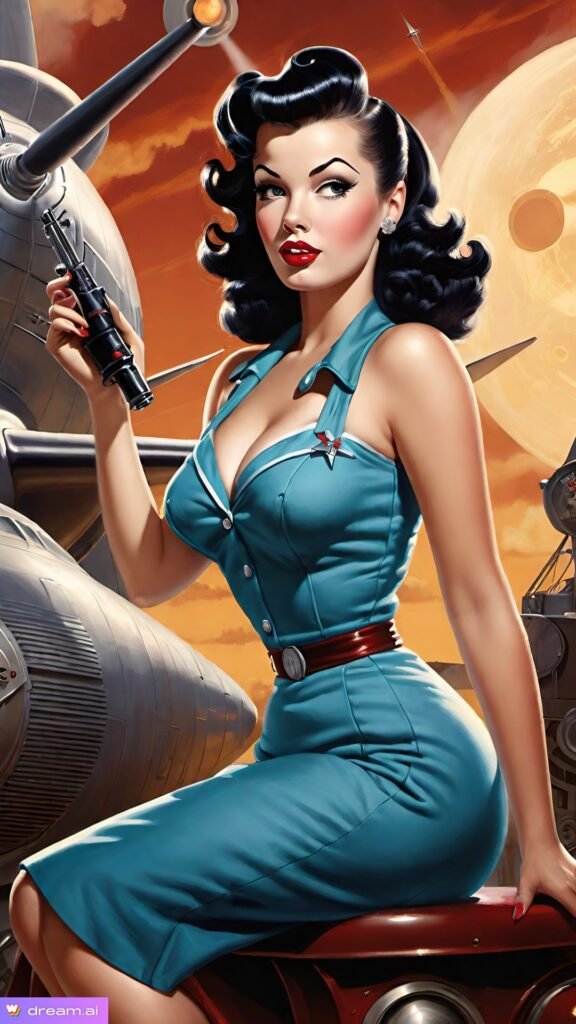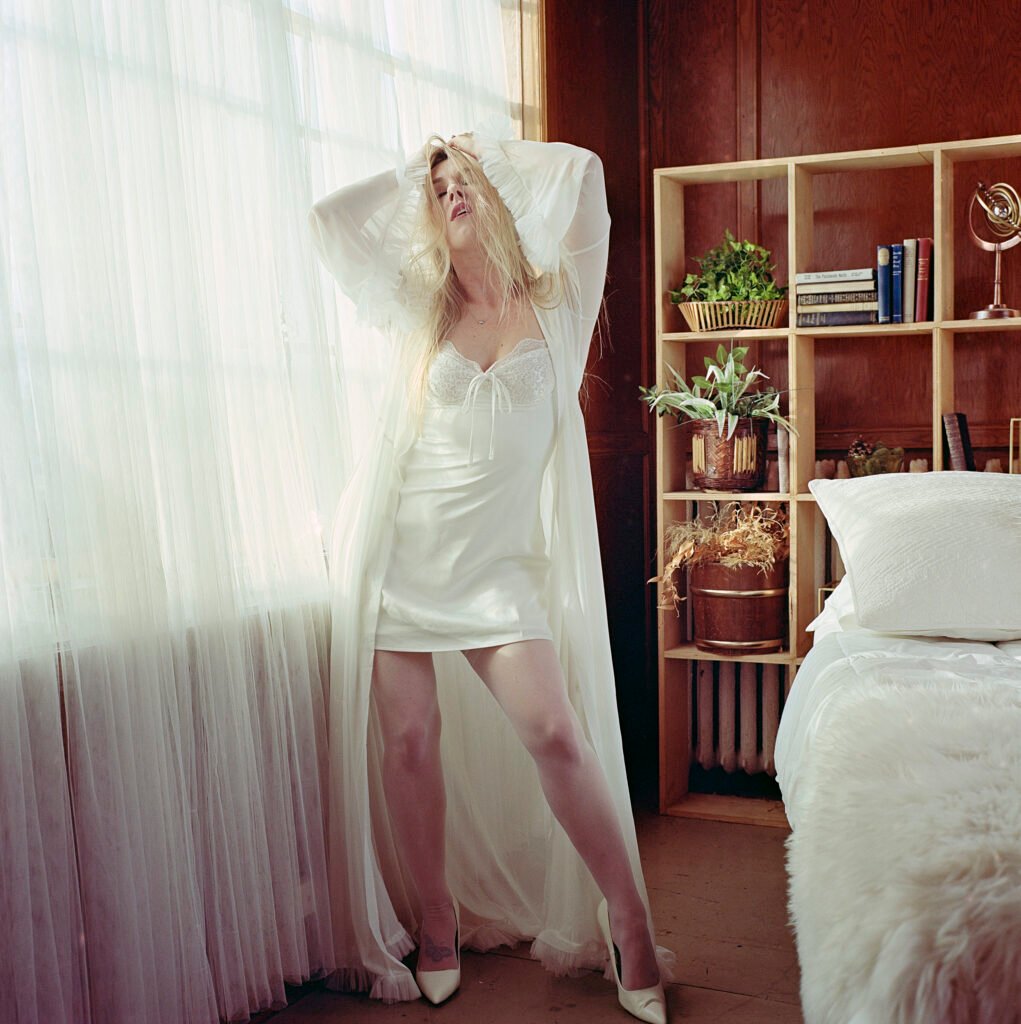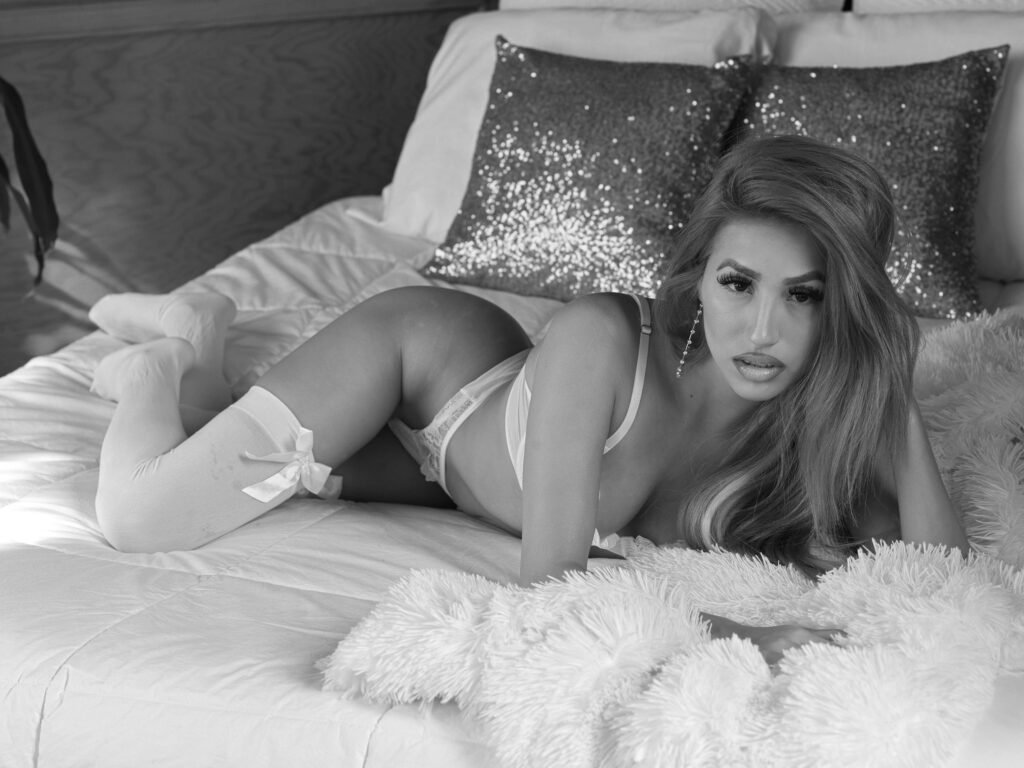
Let’s get one thing straight: black and white photography isn’t some vintage gimmick reserved for hipsters with film cameras and typewriters they don’t know how to use. It’s not “old timey,” and no, it didn’t die when color showed up to the party.
Black and white photography is alive, kicking, and—dare I say—thriving, especially in the studio. While the rest of the world is busy drowning in neon filters and editing apps that turn your skin into plastic, black and white quietly steps in and says, “Let’s actually see something real for a change.”
A Quick (and Not Boring) History Lesson
Back in the day (we’re talking way back), photography was born in glorious… shades of gray. There was no color film, no saturation sliders, and definitely no face-smoothing filters. Just glass plates, chemicals, and a lot of standing very, very still.
The earliest studio portraits were painstakingly slow. Subjects had to sit like statues for minutes at a time, which is probably why no one smiled—they weren’t grumpy; they were just trying not to blink.
As technology improved, so did the style. The 19th and early 20th centuries gave us those iconic, moody portraits of everyone from Abraham Lincoln to your great-great-grandma (who, let’s be honest, looked kind of intimidating). These early studio images weren’t just pictures—they were events. People dressed up. They posed seriously. Because this wasn’t just snapping a quick pic. It was art.
Then came color film, and everyone collectively lost their minds. Suddenly, grass could be green! Skies could be blue! Lipstick could be red! The world went technicolor, and black and white was kicked to the nostalgic curb.
Or so we thought.
So… Why Does Black and White Still Matter?
You’d think in a world obsessed with color correction and Instagram palettes, black and white would be a relic of the past. But nope—turns out, stripping away color can actually add depth.
Black and white studio photography forces you to focus on what really matters:
Emotion.
Expression.
Light and shadow.
Texture.
Form.
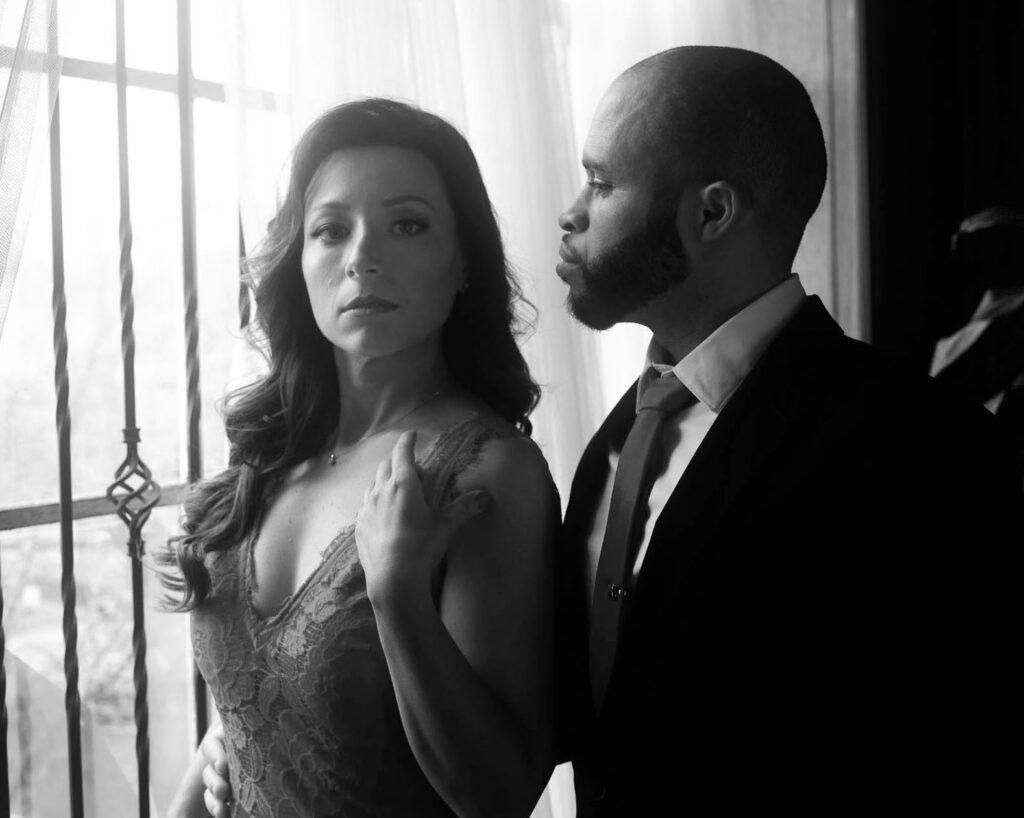
The Magic of the Studio (a.k.a. the Photographer’s Playground)
In color photography, it’s easy to get distracted by a bold red jacket or someone’s very unfortunate choice of neon eye shadow. In black and white? There’s nowhere to hide. The photograph has to stand on its own—naked, raw, and unapologetically real.
Let’s talk about the studio for a minute.
The studio is not just a room with fancy lights and overpriced equipment. It’s a photographer’s secret lab—a controlled space where light obeys, shadows play nice, and every element is there because someone made an intentional choice.
And when you take color out of the equation in this perfectly controlled space? You open up a whole new level of drama.
No, not that kind of drama. We’re not talking soap opera crying-in-the-rain energy. We’re talking cinematic contrast, sculpted lighting, and portraits that hit you in the soul.
Why Black and White Studio Photography Still Slaps in 2025
Here’s the thing: black and white studio photography isn’t just “still relevant.” It’s having a moment—and frankly, it never stopped.
1. Timelessness Never Goes Out of Style
Trends come and go. Remember selective color portraits? (Yeah… those horrifying images where everything’s black and white except for the one red rose. Shudder.)
But black and white done right? That’s forever.
A well-lit black and white portrait doesn’t scream “2025” or “1983” or “the 1800s.” It just is. It lives outside of time. It has weight.
2. Less Distraction, More Impact
Color is great for storytelling, but it can also be loud. Black and white simplifies the scene. It quiets the noise and lets you actually see the subject.
That tiny wrinkle at the corner of someone’s eye? That soft catch light in the pupil? That delicate texture of skin, fabric, hair?
In black and white, those details scream. And yes, we’re listening.
3. Lighting is the Main Character
Studio photographers obsess over lighting. (Ask one about their softbox collection and cancel your afternoon plans.)
Black and white takes that obsession to a new level. Without color to lean on, light becomes everything. The contrast, the shadows, the highlights—all of it creates mood, emotion, and dimension.
In fact, black and white studio photography is often the best way to learn about light. If you can make a stunning portrait without color, you’re not just “taking pictures”—you’re mastering the craft.
4. It’s Weirdly Flattering
No one really wants to say it, but here we are: black and white is basically a built-in beauty filter.
Skin tones become smoother. Blemishes vanish into shadows. Distractions like redness or uneven makeup? Gone. You’re left with something elegant, clean, and—dare I say—classy as hell.
But Isn’t It Just… Boring?
Okay, sure—black and white can be boring… when it’s done badly. Just like pizza can taste awful if you set it on fire.
Slapping a grayscale filter on a bad photo doesn’t make it art. That’s called being lazy.
But when you light it right? Pose with intention? Capture actual emotion?
Black and white becomes anything but boring. It becomes bold. Brave. Striking. Soulful.
And, for once, it doesn’t need color to stand out. It just is.
Who Should Be Doing This?
Everyone.
Are you a photographer wanting to grow your skills? Shoot in black and white. It’ll teach you everything you never knew you needed to know about light.
Are you a model or portrait subject? Try a black and white session. You’ll feel like a timeless icon and maybe even see yourself differently.
Are you a brand looking to stand out? Black and white studio images are bold, elegant, and can set your visuals apart from the sea of oversaturated TikTok content.
TL;DR (Too Long, Didn’t Read)
Black and white studio photography isn’t a trend. It’s a tried-and-true art form that has stuck around for a reason. In a world where we’re constantly chasing the next big filter or aesthetic, it’s refreshing to return to something so simple… and yet so powerful.
It strips away the fluff, silences the noise, and says: “Here. Look. This is what matters.”
Not bad for something people once called “old-fashioned,” right?
Final Thoughts:
Next time you’re in the studio, do yourself a favor—turn off the color. Embrace the gray. Let the shadows play. You might be surprised by what you see when everything else disappears.
Because black and white isn’t a lack of color—it’s a celebration of light, form, and texture.
And honestly? That sounds like something the world could use a bit more of.
Thanks friends! – Rich
